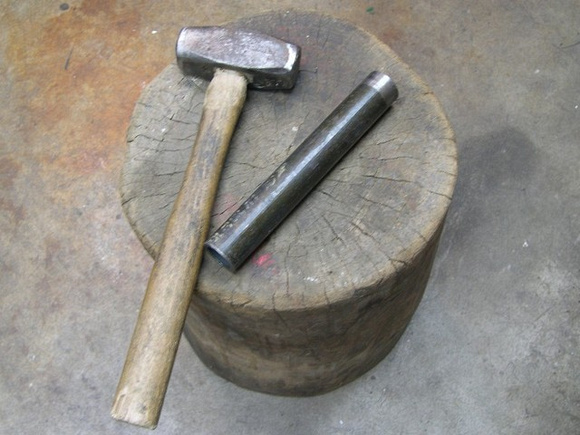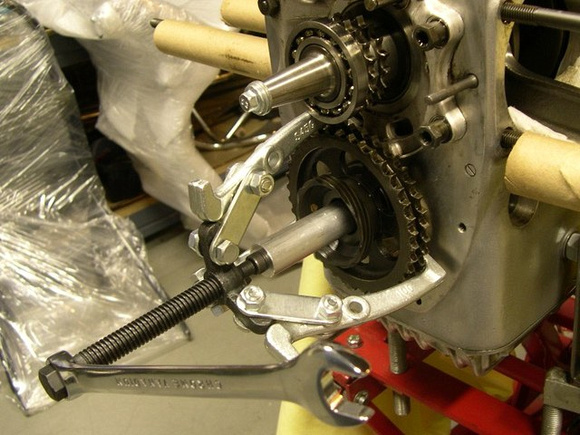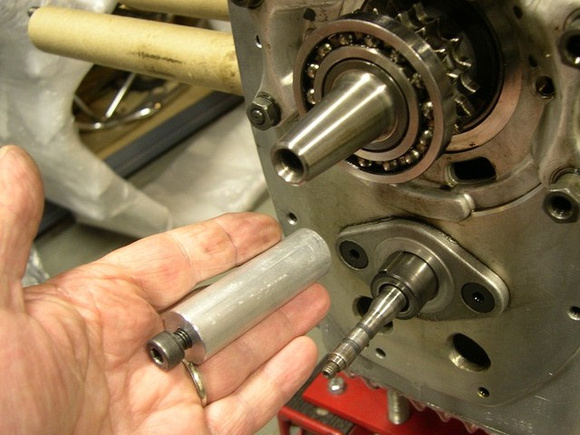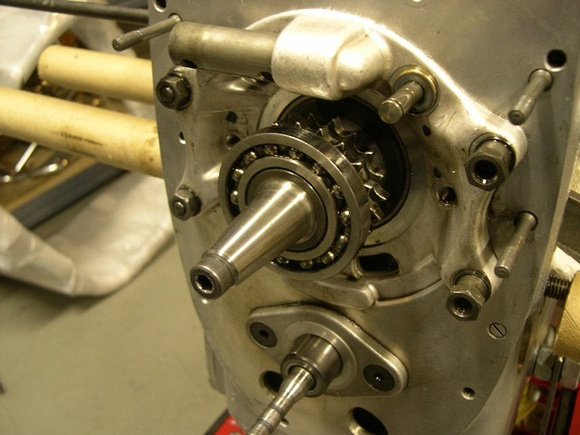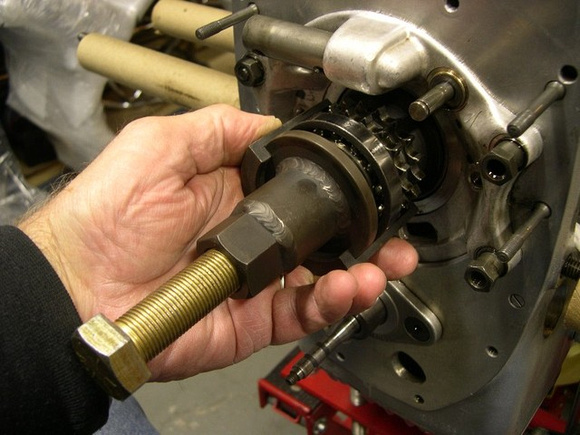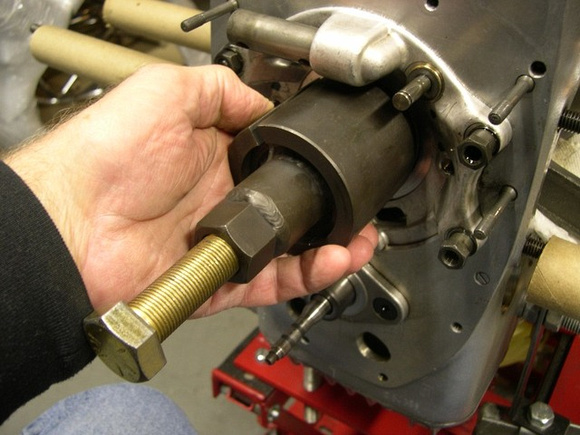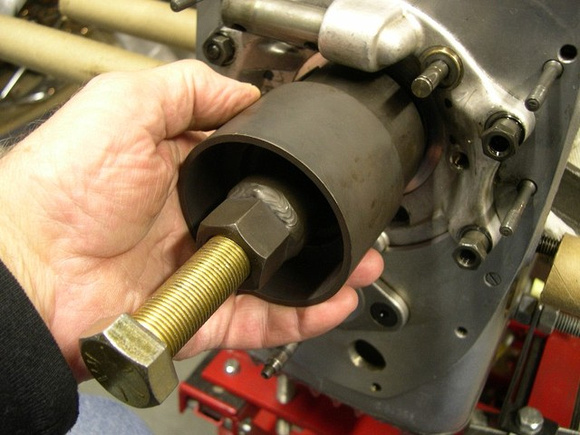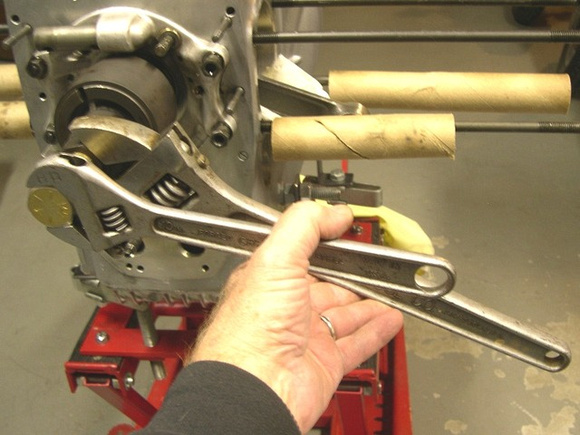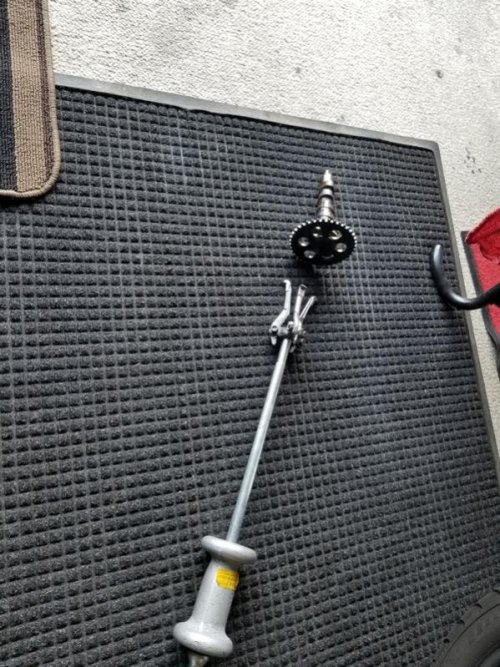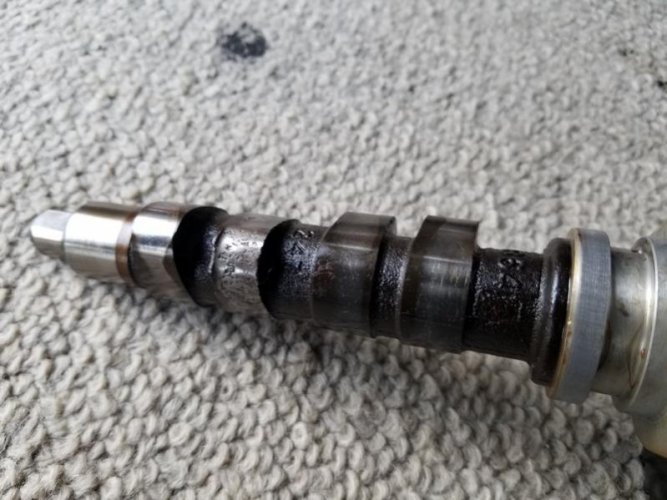Hi All,
I tried a search but can't seem to find what I am looking for:
The bike: 1982 R100RT
When deciding to do a timing chain/tensioner replacement I got over zealous and removed the crank AND cam sprocket before realizing everything I read says the cam sprocket can not be put on without removing the cam. Not a huge deal, but I read in my shop manual the transmission, clutch and flywheel has to be removed--but it does not indicate why....
Once the lifters are removed and the cam flange on the front is removed will the cam not slip out and then slip back in later? What is going on on the back end--the oil pump end--that requires getting the flywheel off? Is it an impossible alignment issue with the pump?
And yes, I know the cam sprocket it rarely very worn but at 150K plus miles and a bike with almost ALL original parts I thought she deserved both sprockets.
Thanks,
Larry
I tried a search but can't seem to find what I am looking for:
The bike: 1982 R100RT
When deciding to do a timing chain/tensioner replacement I got over zealous and removed the crank AND cam sprocket before realizing everything I read says the cam sprocket can not be put on without removing the cam. Not a huge deal, but I read in my shop manual the transmission, clutch and flywheel has to be removed--but it does not indicate why....
Once the lifters are removed and the cam flange on the front is removed will the cam not slip out and then slip back in later? What is going on on the back end--the oil pump end--that requires getting the flywheel off? Is it an impossible alignment issue with the pump?
And yes, I know the cam sprocket it rarely very worn but at 150K plus miles and a bike with almost ALL original parts I thought she deserved both sprockets.
Thanks,
Larry


